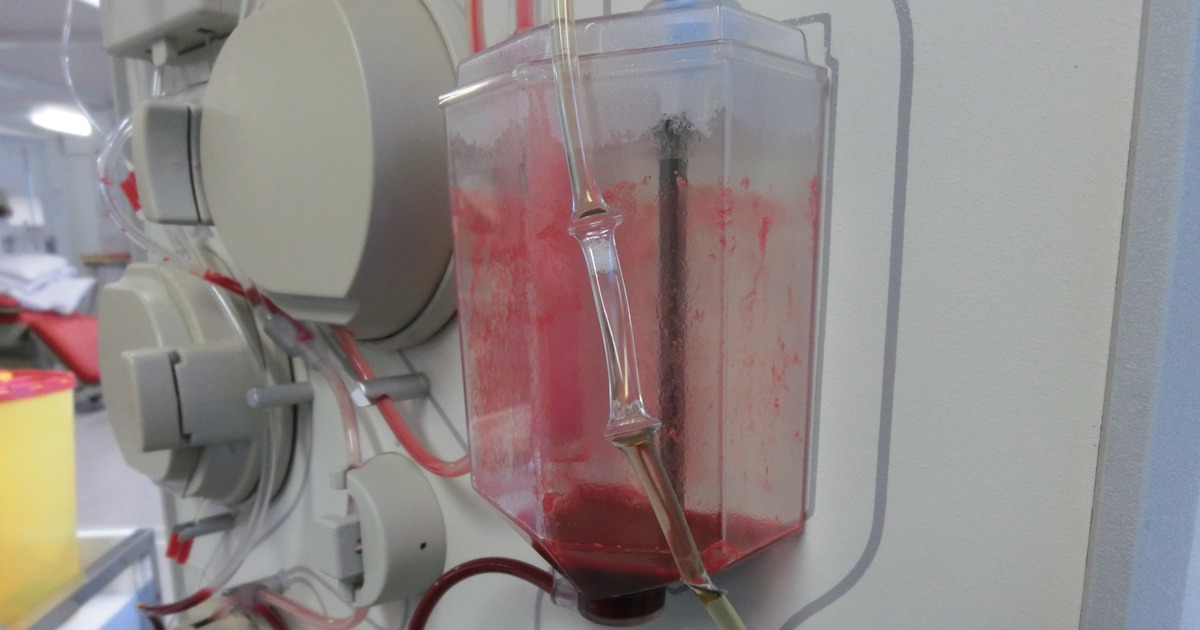America is one of the leading first world countries to export their citizen’s blood: around 70% of global plasma comes from the US, 16.3% ($1.4 billion) of all blood exported in 2018 came from the US, placing them second in the global ranking–with Ireland at number one boasting a shocking 37.8%–and between 2014-2018 the US posted an increase of 165.4%, according to World’s Top Exports.
Perhaps, most shockingly, comes the revelation that the total dollar worth of all American blood extracted at the source is around 2% of the country’s total exports.
Plasma is one of the primary focuses in blood extraction, given its function in transporting proteins and red and white blood cells around the body.
A 2015 article for The Atlantic says: “It is legal to ‘donate’ plasma up to two times a week, for which a bank will pay around $30 each time.”
Somebody who donates plasma on such a regular basis would find themselves donating over 100 times in a year, making around $3000.
However, donating plasma on such a frequent basis can adversely affect the health of the donor or seller, with around 70% of donors experiencing issues.
Donors tend to have a lower protein count which can lead to several forms of health complications.
According to Mint Press News:
Respondents all agreed that they were indeed being exploited, but in more ways than one. Desperate Americans are allowed to donate twice per week (104 times per year). But losing that much plasma could have serious health consequences, most of which have not been studied Professor Schaefer warns, stressing that more research is necessary. Around 70 percent of donors experience health complications. Donors have a lower protein count in their blood, putting them at greater risk of infections and liver and kidney disorders. Many regulars suffer from near-permanent fatigue and are borderline anemic. All this for an average of $30 per visit. Rachel described the terrible Catch-22 many of the working poor find themselves in:
I got turned away twice – once for being too dehydrated and once for being anemic. Being poor created a shitty paradox where I couldn’t eat, and because I couldn’t eat my iron levels weren’t high enough to allow me to donate. That was a week of a pay cut, money I desperately needed for rent and bills and meds.”
Now, according to Boing Boing: “blood [by total dollar value extracted] now accounts for 2% of the country’s exports — more than corn or soya.”
It was also discovered that a third of people who sell their blood make around a third of their income from blood selling, pointing to a wider social issue.
In spite of systemic social issues, according to the Red Cross, only 38% of Americans are eligible to give blood.
And while 4.5M Americans will require a blood transfusion every year–or one American every two seconds will require blood–much of that blood sold is destined abroad.
The vampiric practice has hit many struggling Americans hard. To some, selling blood has become a form of employment.
Moreover, the necessity to sell blood leaves sellers too drained, in some instances, to find more meaningful and sustainable forms of employment.
One such donor describe the process as: “…an assembly line to extract liquid gold from human mines.”










